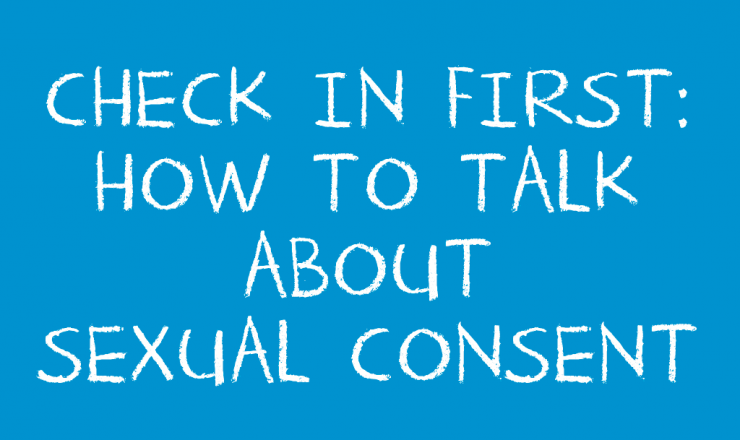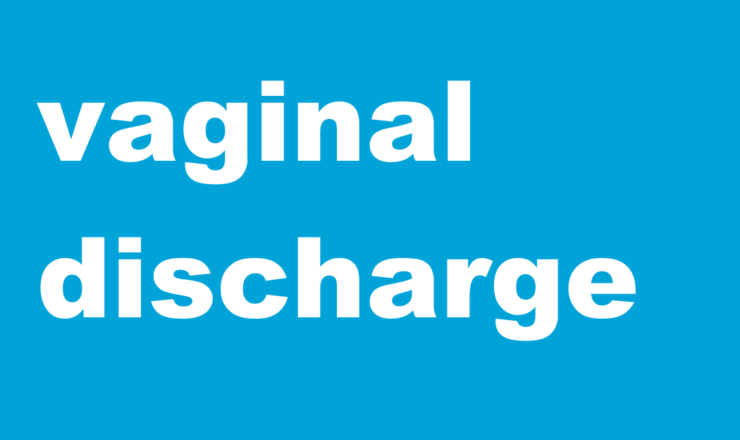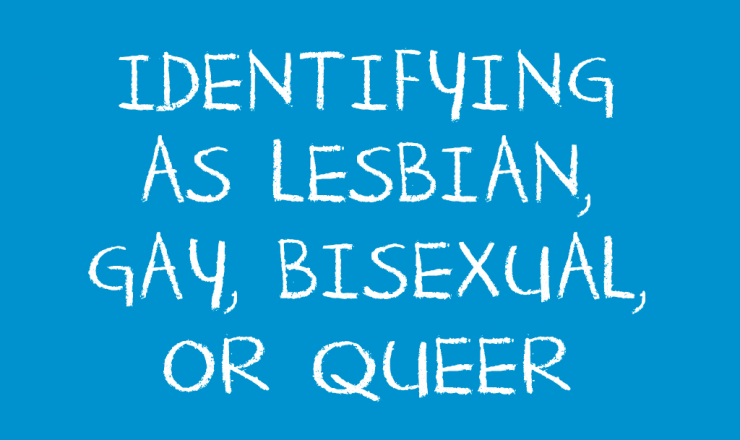STIs: Myths
Myth: Queer people can’t get STIs.
People of all sexual orientations and genders can get STIs. Getting and spreading STIs is about one or all partners involved having an STI, what activities you choose to engage in, and if you use any safer sex tools or strategies.
Myth: HIV is the worst STI.
No STI is automatically worse than any other, and everyone feels differently about each STI. HIV has a particularly intense reputation, due to the number of deaths associated with HIV/AIDS during the AIDS Crisis in the 80s and 90s. However, modern medicine is now able to manage HIV so that it’s impact is more of a chronic medical condition, like diabetes.
Myth: STDs are worse than STIs.
STDs and STIs are actually just different terms for the same thing. Calling them Infections is more scientifically accurate than Diseases. Also, Diseases is a heavy word that adds to a lot of people feeling shamed or stigmatized when dealing with an STI. For more on this topic, check out the article:
Myth: UTIs and Yeast Infections are the same as STIs.
While Urinary Tract Infections and Yeast Infections can be passed or aggravated during sexual contact, and they may share some symptoms, they are also things people can get on their own . A standard STI screening does not test for UTIs or Yeast Infections.
Myth: Pap Tests are the same as STI tests.
Pap Tests are where a clinician swabs your cervix to check for abnormalities in your cervical cells. It does not check for things like chlamydia or gonorrhea. Some clinicians may do an additional vaginal swab during the procedure to check for STIs, but many won’t unless you ask them to. For more information on this topic, check out the article





